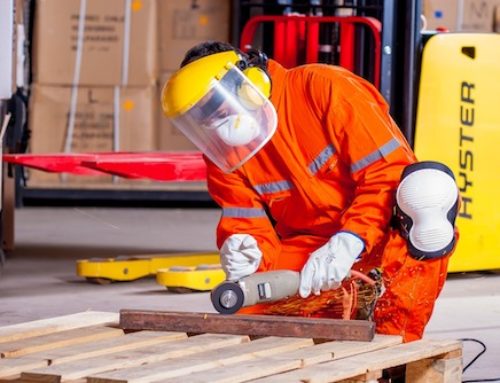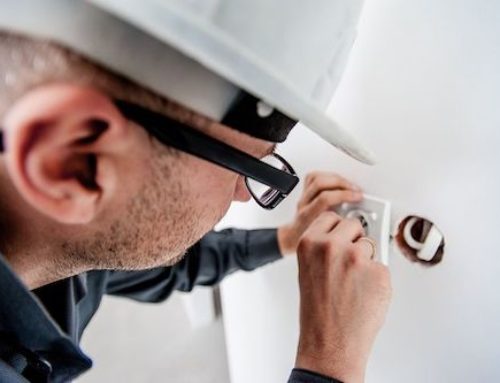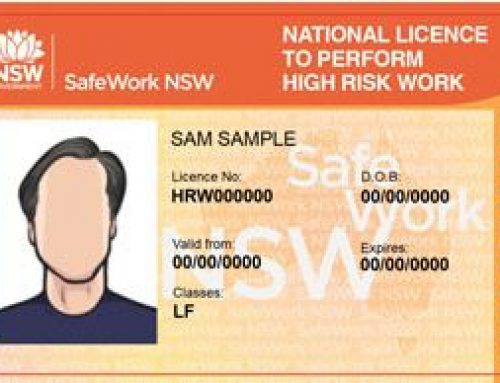According to the latest Australian Bureau of Statistics (ABS) report there are now almost one million Australians who work as independent contractors in their main job. By far the most common industry in which an independent contractor works is construction (304,800 people).
Have you ever hired a contractor only to witness them doing unsafe acts and seemingly oblivious to it? What did you do about it? How do you minimise the chance of this occurring?
We all know it’s too late to wait until the contractor is on-site. As with most things in life, the key is in the planning.
Scoping
Scope the contractor’s work. I don’t just mean determine the tasks they will perform. You also need to determine the health and safety issues associated with the task and the amount of supervision the contractor will require. Consider the following:
- What key tasks must be performed to achieve the outcome?
- Could the tasks involve high risk activities or environments (e.g. working at height or in confined spaces)?
- Could the task involve working with hazardous materials or dangerous goods?
- Will the contractor’s materials and equipment create hazards?
- Where can things go wrong (e.g. where can shortcuts be taken)?
Tender Development
There are 2 parts to every tender – developing the tender documents and evaluating the responses.
The tender documents should include the requirement to follow the head contractors work health and safety policies and procedures as well as the consequence of not doing so. They should ask the tenderer to provide evidence or details of:
- Their approach to health and safety (e.g. how they would eliminate or reduce issues identified during planning).
- Certification to AS/NZS 4801 Occupational Health and Safety Management Systems).
- Their safety records, incidents, improvement notices, prosecutions, and enforceable undertakings.
- Safety qualifications, licences or certificates held by workers such as licenses for high risk work.
- Equipment maintenance records.
- Induction, training, consultation and issues resolution processes.
- How they will communicate with the head contractor.
Tender Evaluation
Tender evaluation should include a thorough assessment of the contractor’s health and safety capabilities, maturity and performance. Ask for more information in relation to WHS and/or interview them if necessary.
The Contract
Obviously you’ll need to have a contract with the successful tenderer. It should include the:
- Need to follow your health and safety requirements on-site and how a failure to do so will be dealt with.
- Health and safety roles and responsibilities of the employer and contractor.
- Processes for eliminating or reducing risks to health and safety.
- Procedure for inspections and audits.
- Communication process between the employer and contractor.
- Induction and training processes.
- Reporting expectations such as for incidents, hazards, inductions, dispute resolution.
All of these actions help to ensure that the contractor you choose is one with a good health and safety mindset and that they understand your expectations.
If you’d like some guidance or need a sounding board please email me at liz.cole@groweq.com.au. Alternatively, visit my website where you’ll find my Top 5 Essential Tips and free procedures.





